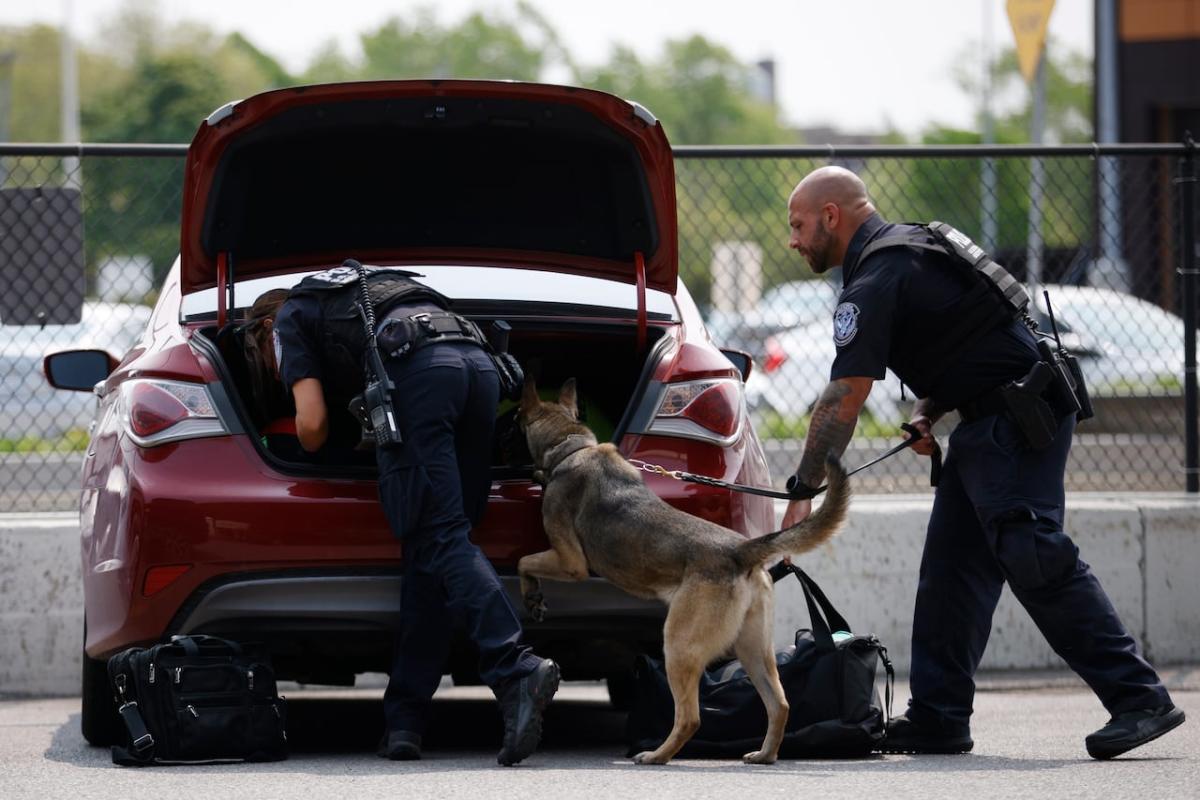U.S. Customs and Border Protection says it recorded a record-high number of encounters with migrants between border posts on the Canada-U.S. border between October 2023 and July of this year.
It’s a pattern experts say could be a problem for Prime Minister Justin Trudeau’s government as the question of illegal immigration heats up in a close-fought U.S. election.
U.S. Customs and Border Protection (CBP) records an “encounter” in its database when it comes across someone who is inadmissable to the U.S., or when border patrol officers find someone who has illegally crossed the border into the U.S. between border posts.
CBP reported encountering 19,498 migrants between border posts on the northern border between October 2023 and July 2024 — 15,612 of them in the Swanton Sector, which runs along the Quebec’s border with New York and Vermont.
While the numbers still pale in comparison with the U.S southern border, that’s more than twice as many as the 7,630 encountered between border posts during the same time period the previous year.
The year before that, CBP reported encountering only 2,238 migrants between border posts at the northern border.
U.S. news coverage of the surge in migration over its northern border intensified over the summer. In an interview with Fox News on Aug. 22, after complaining about illegal migration over the southern border, former president Donald Trump said the U.S. now had a problem on the northern border with migrants coming in from Canada.
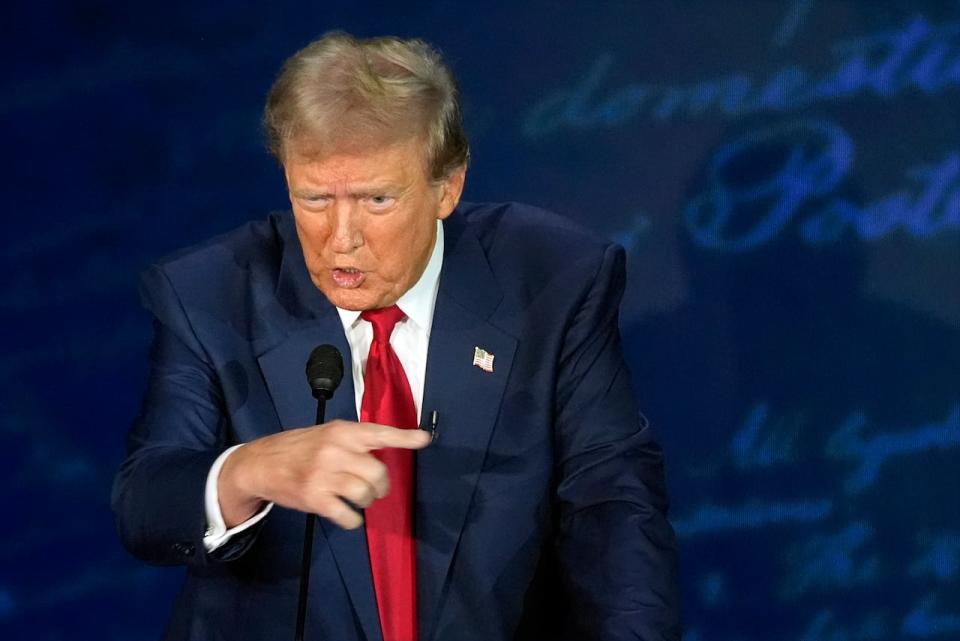
Republican presidential candidate Donald Trump has warned that the United States has a growing migrant problem on its northern border. (Alex Brandon/The Associated Press)
Kelly Sundberg of Mount Royal University said the matter could become a political hot potato for the Trudeau government, regardless of who becomes the next president of the United States.
“I hate to admit it, but I think that Donald Trump is right on this, that there is a need to focus north,” said Sundberg, who worked for many years as an enforcement officer with the Canada Border Services Agency.
“But it’s not just the Trump campaign. The [Kamala Harris] campaign has indicated also that they have acknowledged that there’s concerns on the northern border.”
RCMP Sgt. Charles Poirier said “there isn’t a day or night where there isn’t a crossing.” In Quebec alone, the RCMP intercepts an average of more than 100 people per week on the Canadian side of the border and Poirier said that’s only a portion of those headed for the U.S.
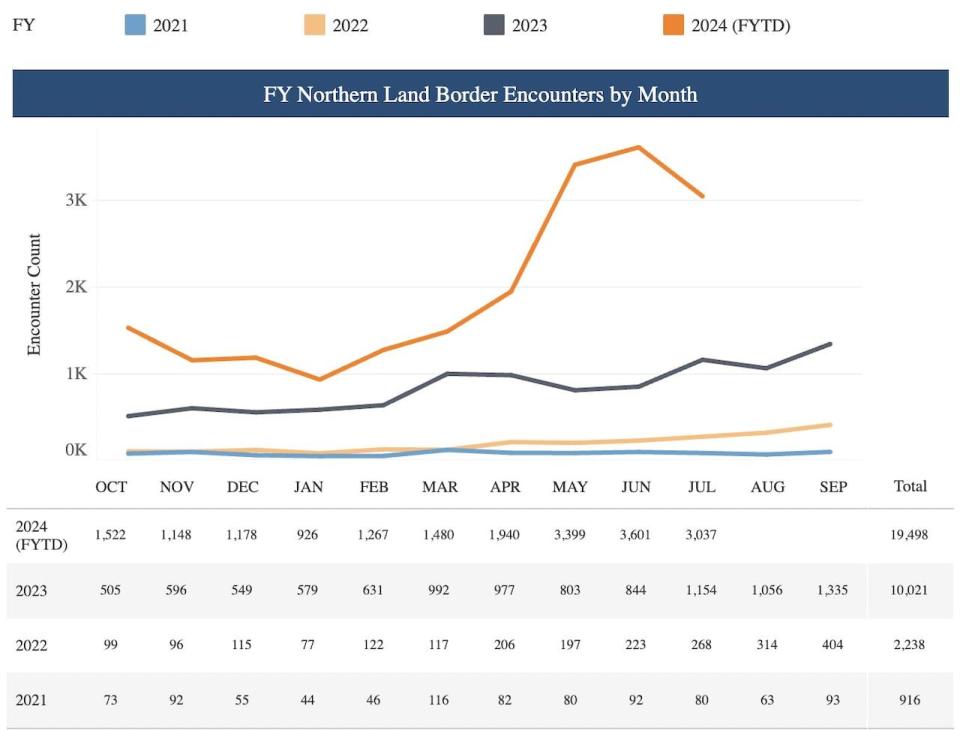

Data from the U.S. Customs and Border Protection agency shows the increase in encounters with people crossing the border between border posts from Canada. (U.S. Customs and Border Protection)
U.S. news reports have documented a boom in taxis and cars ferrying migrants from small upstate New York border towns to New York City.
“Part of the problem is as the southern border has gotten tighter, the coyotes (smugglers) are telling people to come to Canada and then they try to smuggle them into the United States,” said Washington State immigration lawyer Greg Boos.
Keith Cozine is an associate professor of homeland security at St. John’s University in New York and a former officer with the Department of Homeland Security. He said the numbers at the northern border are cause for concern.
“(It’s) quite alarming when you consider that is more than the past 10 years combined, even probably longer than that,” Cozine said. “Given the recent arrest of the Pakistani national in Canada, who was plotting to carry out some sort of attack on the anniversary of October 7, it is alarming.”
On Sept. 4, Muhammad Shahzeb Khan was arrested by the RCMP in Ormstown, Que., allegedly en route to cross illegally into the United States with the help of a human smuggler. Police allege he was planning a deadly attack on Jewish citizens in the New York City area.
Smugglers abandoning migrants, RCMP says
According to U.S. CBP statistics, the source nationality accounting for the largest number of Border Patrol encounters at the border has been India: 9,742 of the 19,498 migrants stopped between October and July were from that country.
Poirier said the RCMP used to see more migrants from Mexico until new visa requirements curbed the traffic.
“For the past few months, what we’re seeing is a lot of people landing at international airports, so either Montreal or Toronto,” he said. “And then within a few hours of their arrival, we catch them at the border, either attempting to cross or they’ve already successfully crossed.”
Poirier said smugglers promise migrants a guaranteed, easy crossing from Canada into the U.S., but increasingly the RCMP is seeing drivers dropping people in the middle of nowhere.
“Which obviously puts those migrants in danger because even though it’s nice and sunny right now, at night, with the cold setting in and the darkness, they get disoriented, they have kids,” he said. “And we’ve seen some tragedies in the past, too. Some people have died.”
In Canada, the responsibility for people coming into the country is divided among four different government bodies: Immigration, Refugees and Citizenship Canada, which assesses applications; the Canada Border Services Agency, which controls the ports of entry; the Canadian Security Intelligence Service, which assists in vetting applications; and the RCMP, which patrols the areas between border posts and investigates crimes like human trafficking.
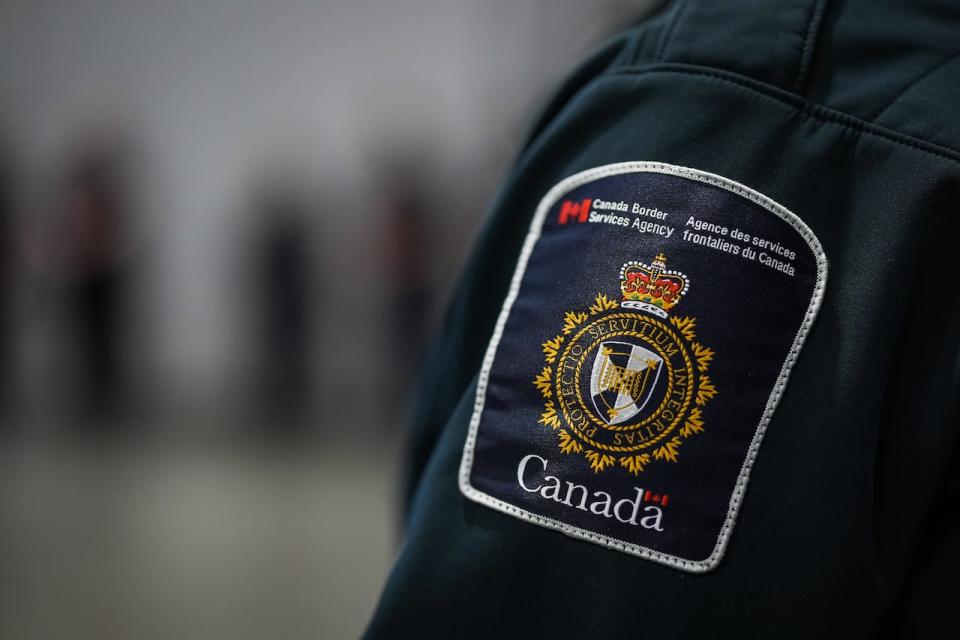

The Canada Border Services Agency is just one of several agencies responsible for the border. (Darryl Dyck/The Canadian Press)
“There are so many moving parts in our program that, unfortunately, it takes forever,” said Sundberg. “So there’s incredible delays and we do see a lot of files falling through the cracks that should be explored but just aren’t for a number of reasons.”
He said Canada also has a lax and disorganized system for screening people.
“What that means is the people who enter Canada as visitors, students, tourists, temporary workers, permanent residents, refugee claimants, that a whole lot of them are not screened,” he said. “So what people are doing is they’re coming to Canada as visitors or tourists or students or what have you. But their real intent is to go to the United States and to establish themselves in the United States. Canada is just one stop along the way.”
Sundberg said the Americans are aware of problems with Canada’s system of screening.
Americans ‘can’t trust our system,’ says expert
“The Americans are well aware that Canada’s capacity to screen people is really limited, if at all even existent,” he said. “I mean, we do screen, kind of, but we don’t do a proficient or effective job. The Americans are well aware of this, so they can’t trust our system.”
While Canada is part of the Five Eyes alliance of countries that cooperate on security and intelligence, Canada is considered the “lazy eye,” said Sundberg.
Speaking to reporters in June, Immigration Minister Marc Miller said the flow of migrants entering the U.S. from Canada was “very concerning” and Canada’s actions have to be “carefully orchestrated with our most important partner, the U.S.”
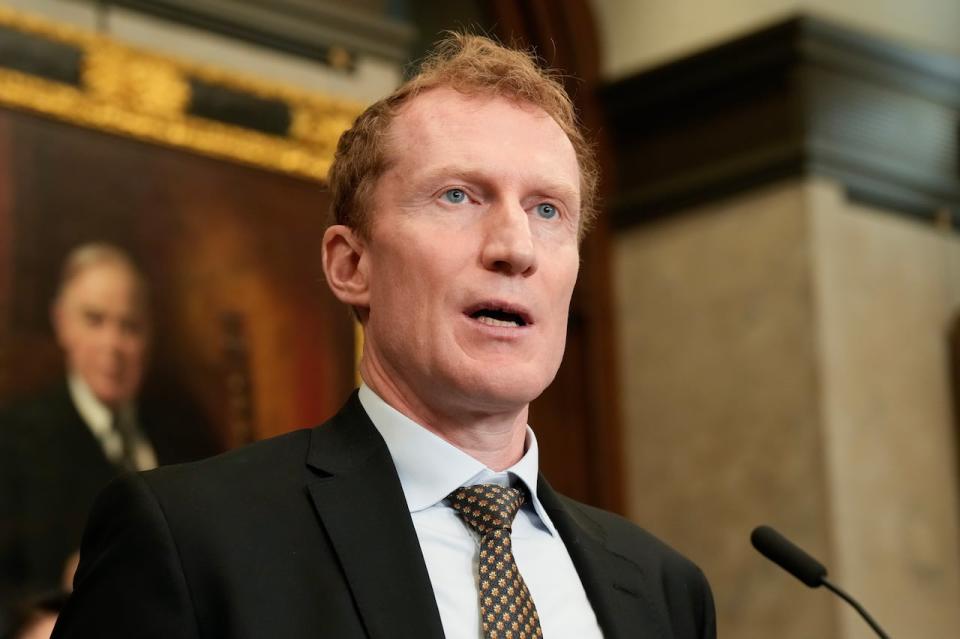

Immigration, Refugees and Citizenship Minister Marc Miller has called the number of migrants crossing into the U.S. ‘very concerning.’ (Adrian Wyld/The Canadian Press)
“It’s something that I think we need to look at with increased focus and I think despite various measures of, I would say, discipline that we put into the immigration system over the last few months, it’s important to inject it with a little more over the course of the summer,” Miller told reporters.
NDP immigration critic Jenny Kwan said changes to Canada’s immigration policy have helped fuel an exodus to the U.S. of students and temporary foreign workers.
“It is quite possible that people are now finding themselves in this dire situation and looking elsewhere to establish themselves,” she said.
The Canada Border Services Agency said it is working closely with the U.S. to “identify and interrupt irregular cross border movements” but could not say if it has increased resources or made other changes.
Poirier said the RCMP has started working more closely and exchanging resources with the U.S. Border Patrol. It has stepped up technology along the border by adding cameras and motion detectors.
Rather than increase the number of officers patrolling the border, Poirier said the RCMP has focused on tracking down the smuggling networks that are profiting from migrants crossing the border.
“It’s more the way we’re working that has changed because the number of resources isn’t the answer here,” he said. “Short of us having a police officer behind every tree in the woods, we’re not going to catch those people.”

